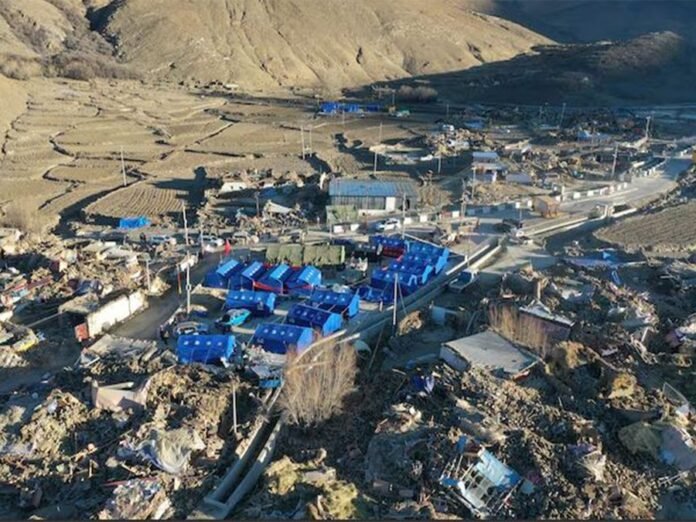On Monday night, a 3.2‑magnitude earthquake rattled Tibet at a shallow depth of about 10 km. The National Center for Seismology (NCS) posted the details on X, noting the quake happened at 21:13 IST on October 6. The epicenter lay at 29.28 N, 95.26 E – right in the heart of the Tibetan Plateau.
Because the quake was shallow, experts warn that aftershocks are possible. Shallow tremors release seismic energy closer to the surface, making ground shaking stronger and more likely to damage buildings or stir up dust and debris.
This is not the first time the region has felt the rough hand of tectonics. Just a few days earlier, on October 2, the NCS reported another 3.7‑magnitude shock at the same depth (10 km), located slightly northwest of the later event. Both quakes remind people that Tibet sits on an active fault line where the Indian plate slides beneath the Eurasian plate, building the mighty Himalayas. The collision lifts the crust, creating a highly seismically active plateau that can produces quakes up to magnitude 8.0 along strike‑slip faults.
Most of the smaller quakes in Tibet are caused by normal faulting or strike‑slip movements that pull the crust apart or slide it sideways. In the north, strike‑slip faults dominate, while in the south, the earth tends to stretch east‑west, producing north‑south‑trending normal faults. These patterns have been set in motion millions of years ago, but the rocks are still restless.
For residents and travelers, the key takeaway is to stay alert for aftershocks and keep emergency supplies ready. While a 3.2 magnitude quake is unlikely to cause major damage, it can still jolt buildings and awaken fears that a larger quake could follow. Stay tuned to local updates from the NCS and follow safety guidelines if you’re in the region.
Source: aninews
Stay informed on all the latest news, real-time breaking news updates, and follow all the important headlines in world News on Latest NewsX. Follow us on social media Facebook, Twitter(X), Gettr and subscribe our Youtube Channel.



